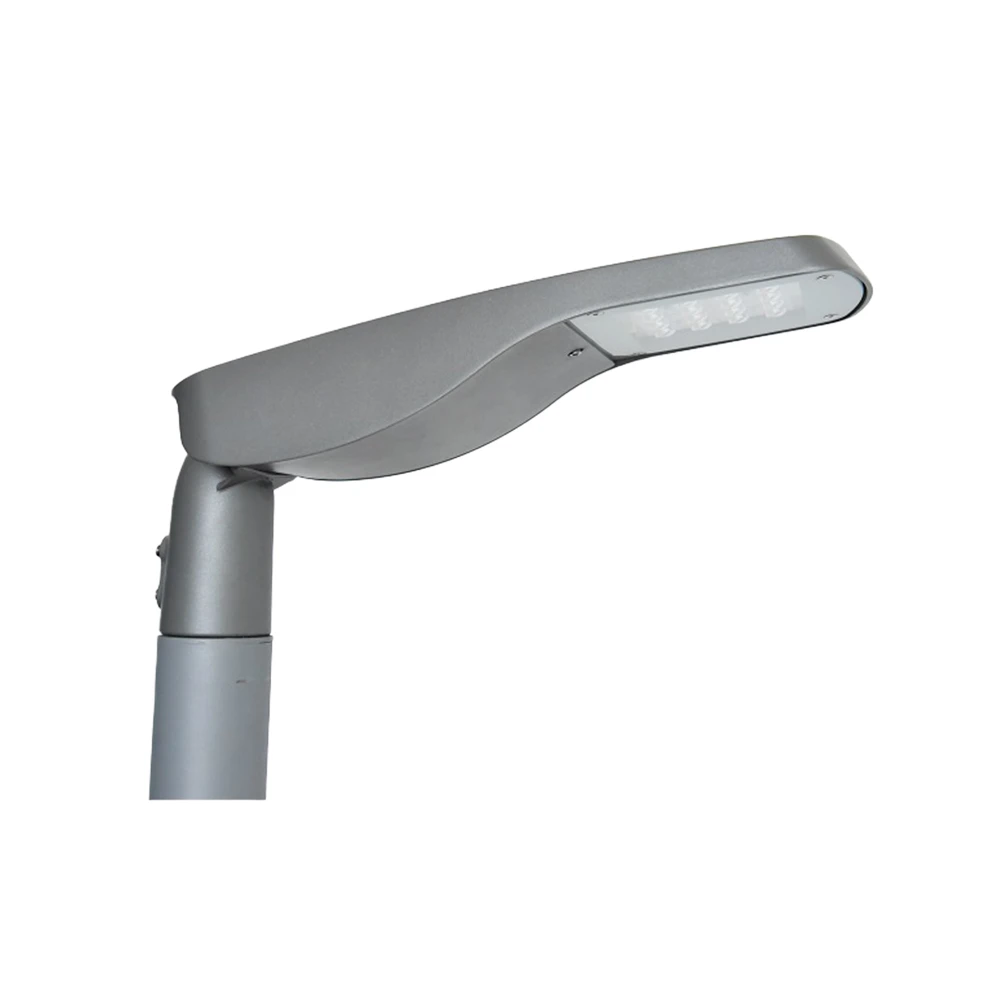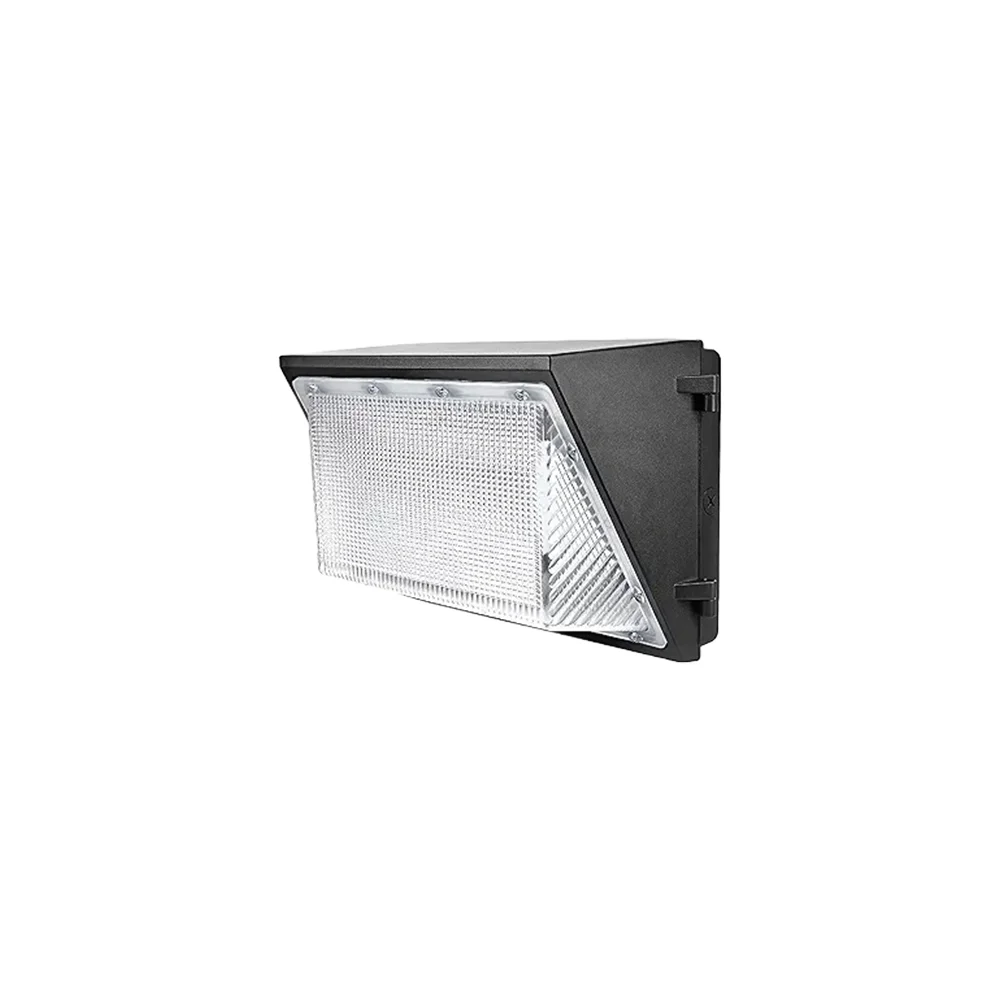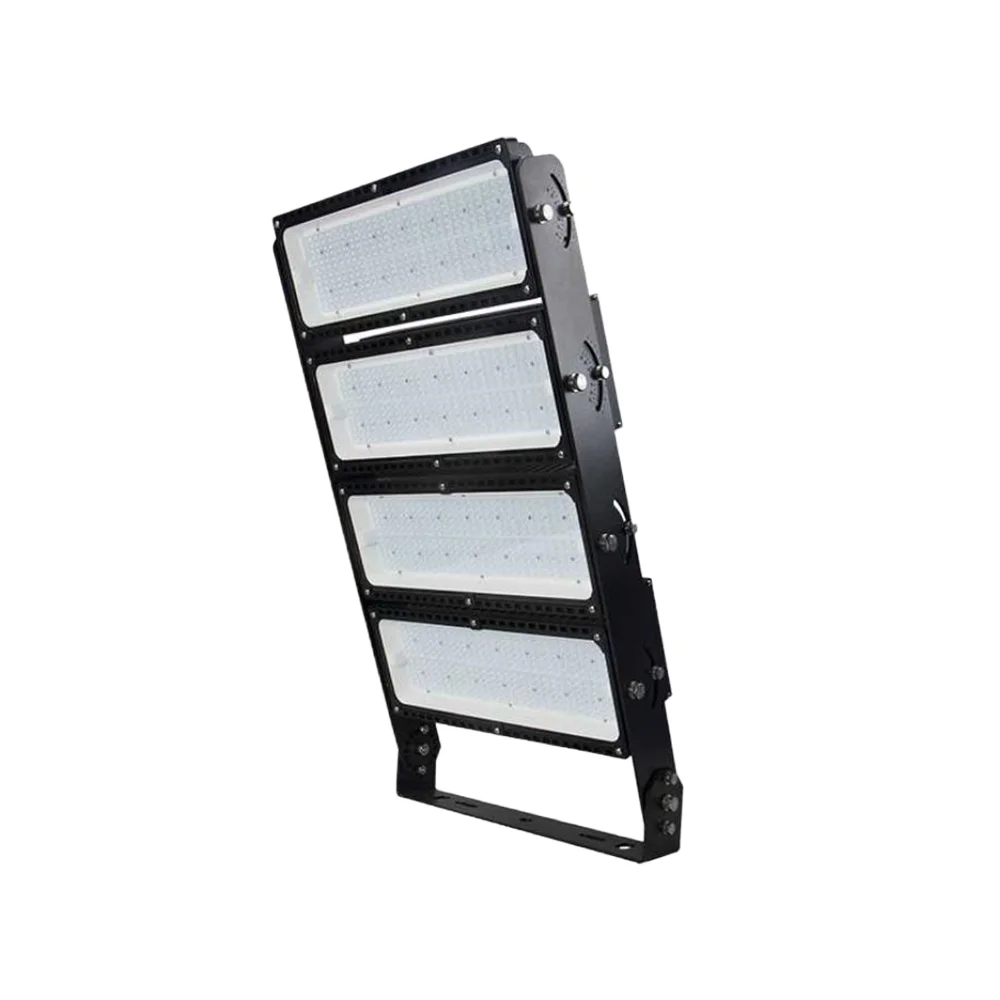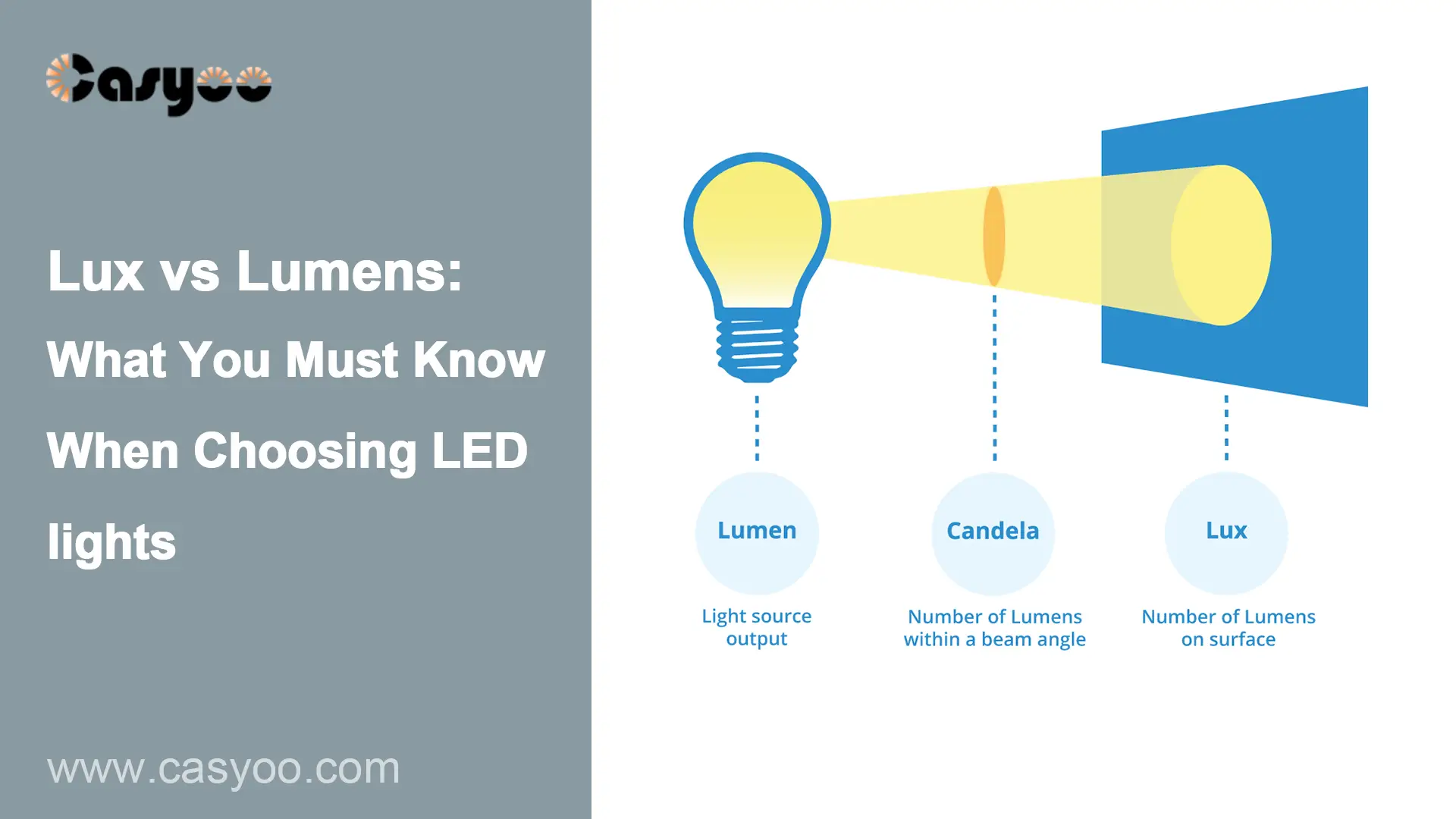Do you really know the meaning of terms like lumens and lux when choosing LED lights? Are you still using the wattage of lights to determine whether they are bright or not? If you are a little confused about these terms, take 1-2 minutes to read this passage about Lux vs Lumens so that you can make a wiser choice next time!
Definition of lumens
Lumens are units of luminous flux that represent the total emitted luminous flux produced by one candle at a solid angle. The SI unit of light intensity is the candela. Given that the solid angle of the entire sphere is 4π, a standard candle emits 4π (about 12.56) lumens. The higher the lumen value, the brighter the light seems.
Definition of lux
The unit of lux is lumen per square meter (lumen/m²). It does not describe the total amount of light emitted by a light source, but rather focuses on the distribution density of the luminous flux on a specific surface. For instance, if a lamp emits 50 lumens and shines on a surface of 10 square meters, the illuminance per square meter would be 5 lux.
As a unit of illuminance, lux is widely used in lighting design and road lighting standards. For example, the SNI 2000 standard specifies different road grade illumination requirements extending from 15 lux to 50 lux.
Lux vs Lumens: What are the differences?
The same lumen value may be appropriate for a small space but insufficient for a large room. Because of this, Lux is typically used to define the level of brightness needed in various application contexts. The uniformly distributed light flux of one lumen per square meter is known as lux. The area’s light intensity increases with the lux value. 1 Lux is different from 1 lumens because it accounts for the dispersed area of light flux.
The total light output of a light source can be measured by Lumen regardless of the size of the receiving area. In contrast, lux represents a combination of luminous flux with surface size to determine light distribution across a surface. Lumen is used to define the brightness of the light source itself, while lux is used to evaluate the level of illumination on a particular surface.

Lux vs Lumens: applications
- When to refer to lumens?
When comparing the brightness of two light sources, lumens serve as a direct reference. The brightness of a lamp increases with higher lumen values. Additionally, using both the measured lumen value and watt value allows you to compute lumen per watt (lm/W) values for determining each lamp’s efficiency.
- When to refer to lux?
Lux is specifically used to assess brightness in a given space. For example, if you want to measure the light level on a table or in a room, you should refer to the corresponding lux level. The appropriate lighting level depends specifically on each spatial type. The required lux level stands higher in kitchens where people perform tasks instead of bedrooms which serve as relaxation spaces. Once the lux level is determined, you can multiply it by the area of the target space to calculate the total lumen requirement, and then choose and place the lamps accordingly.
Lux vs Lumens vs Watt
Light intensity (unit: lumens) = Watt * Luminous efficiency (unit: lumens/Watt). Luminous efficiency vary for different light sources. Thus, watts is not the suitable unit of measurement for brightness. From the initial incandescent bulb to the modern LED lamp, the luminous efficiency of light sources has steadily improved as lighting technology advances. For instance, a 60W incandescent bulb, a 15W fluorescent bulb, and a 9W LED bulb all have approximately the same lumen output. The improvement of luminous efficiency is also one of the reasons for LED lights becoming the main light source for street lighting.
The sensitivity of the human eye to various light colors varies. The yellow-green 555nm light has significantly more lumens and seems brighter than the red 650nm light at the same watt.
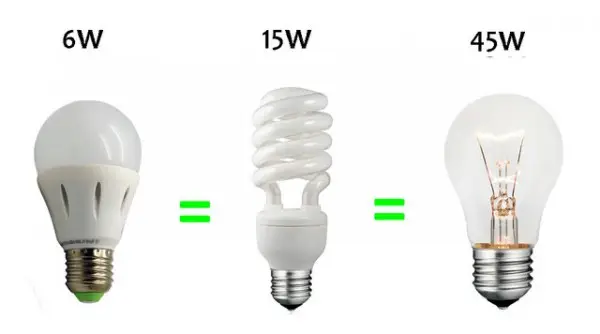
By multiplying wattage by the lamp’s efficiency, you can determine the lumen output. To calculate the lux value, simply divide the total lumen by the area of the space. Energy consumption is measured by wattage while light output uses lumens and lux indicates the actual lighting effect.
How is lumen measured?
The integrating sphere is the standard lumen measurement tool. To ensure that there is an even distribution of light throughout the ball, the light source is positioned in its center. One side of the ball has a photometer that records the amount of light that reaches a specific spot on the ball. You may adjust this photometer to detect light intensity at various spots around the sphere. The total amount of light received over the ball’s surface can be determined by measuring the light intensity at various spots within the ball. The lumen value of the light source is this entire amount of light. Use our lumen&watt calculator for accurate calculation!
How bright is 1000 lux?
On a cloudy day, the amount of light outdoors is approximately 1000 lux. At noon, the direct sunlight can exceed 100,000 lux. The usual range of indoor lighting is 100–500 lux. The lighting in spaces that need more light, like libraries or offices, can be between 300 and 500 lux. Family living rooms often have lower lighting, between 100 and 300 lux.
Conclusions
All in all, when you are choosing LED lights, look for lumens instead of watt. Most manufacturers provide information about lumens on the specification of the product. This lumen value is for the average size of certain application settings, because the size of each customer’s space is different. If your place has an average size, you can judge by lumens. You can also figure out the light intensity (unit: lux) by dividing the luminous flux (unit: lumens) by the area size. Then compared the lux level with the standards promoted by associations like IESNA to see if the lights you want to buy are suitable or not. If you are not sure, you can contact experts from Casyoo to get to know more standards for different spaces!
